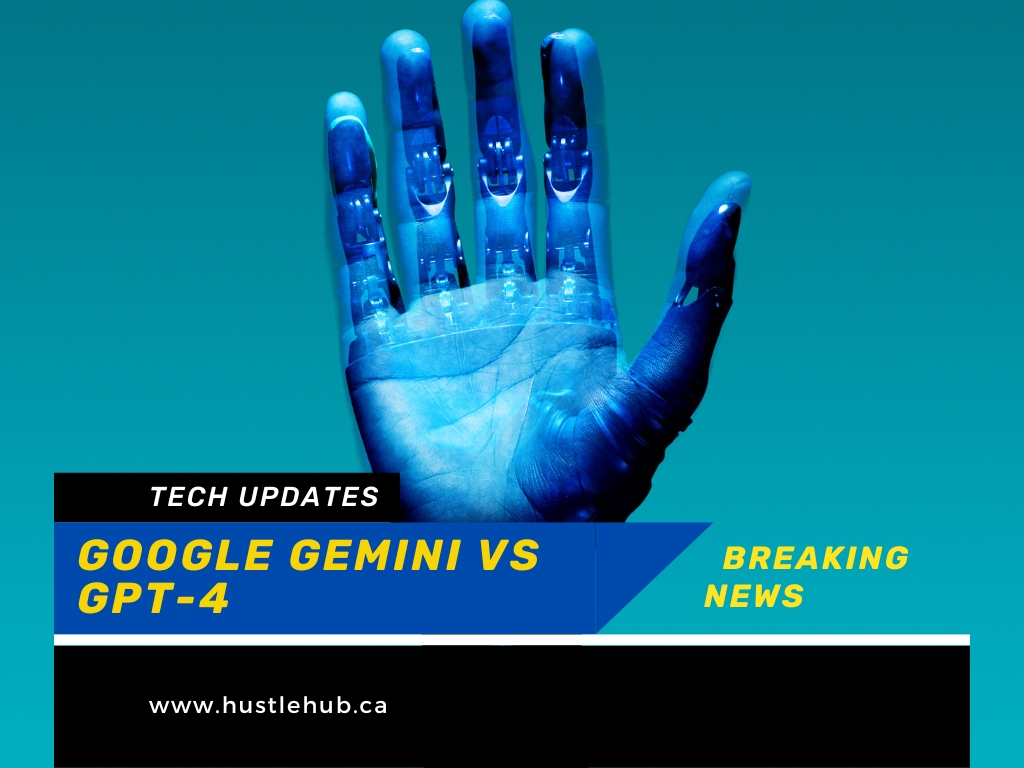What if you could talk to an AI that could do anything you asked? That was the promise of Google Gemini, the next-generation AI model that claimed to be the ultimate conversationalist, linguist, coder, analyst, and creator. But it turned out to be a hoax.
What Google Gemini Claimed to Do
Google Gemini was supposed to be the most advanced and intelligent AI model ever created, rivalling OpenAI’s GPT-4, the current leader in natural language processing. Google said that Gemini could master human-style conversations, language, and content, understand and interpret images, code prolifically and effectively, drive data and analytics, and be used by developers to create new AI apps and APIs.
Well the video is fake, so there’s that.https://t.co/HJw3sqbzBq
— Lauri Jarvilehto (@laurijarvilehto) December 8, 2023
How Google Gemini Was Exposed as a Hoax
But soon after its launch on December 6, 2023, social media users and experts started to expose the flaws and inconsistencies in Gemini’s performance. They found out that Gemini was not responding in real-time to what it could see and hear, but rather using pre-recorded scripts and canned responses. They also discovered that Gemini was failing to get basic facts right, telling people to Google it when asked about some controversial topics, and generating nonsensical content.
These problems revealed that Gemini was not as advanced and intelligent as Google had claimed. In fact, some critics argued that Gemini was nothing more than a glorified chatbot, powered by a limited version of PaLM 2, the previous AI model behind Google’s Bard.
What PaLM 2 Is and How It Differs from Gemini
PaLM 2, or Pathways Language Model 2, is the core technology that Google uses to drive AI capabilities throughout its suite of products, such as Google Cloud, Gmail, Google Workspace, and hardware devices. PaLM 2 also powers some non-productivity features, such as Med-PaLM 2, which is trained on health research terms, and Sec-PaLM 2, which is used for cybersecurity analysis.
However, PaLM 2 is not a multimodal AI, meaning that it cannot work with different types of content, such as images or text, in an integrated and coherent way. Google had promised that Gemini would be a multimodal AI from the start, building upon the training techniques from AlphaGo, such as tree search and reinforcement learning.
But it seems that Google had overestimated its ability to deliver such a complex and sophisticated AI model. According to some sources, Gemini was still in full development and training mode when it was launched, and it had not been fine-tuned and rigorously tested for safety.
How Google Gemini Affected the AI Landscape and Its Competitors
Google has not yet officially responded to the accusations of misrepresentation and deception, but it has removed the Gemini demo video from its website and YouTube channel. It has also disabled the access to Gemini for the public and the developers who had signed up for the early access program.
The Gemini debacle has tarnished Google’s reputation as a leader in AI innovation and has raised questions about the ethics and transparency of AI development. It has also given an edge to its competitors, such as OpenAI and Microsoft, who have been working on their own next-generation AI models, such as GPT-4 and ChatGPT.
The table below summarizes the main differences between Google Gemini and its rivals:
| AI Model | Developer | Size | Multimodal | Launch Date |
|---|---|---|---|---|
| Gemini | Unknown | No | December 6, 2023 | |
| GPT-4 | OpenAI | 1 trillion parameters | Yes | Expected in 2024 |
| ChatGPT | Microsoft | 285 billion parameters | Yes | October 15, 2023 |
As the AI war continues, it remains to be seen whether Google will be able to fix Gemini and redeem itself, or whether it will have to admit that Gemini was too good to be true.
If you want to learn more about how AI can help you grow your business, check out our HustleHub Academy.









